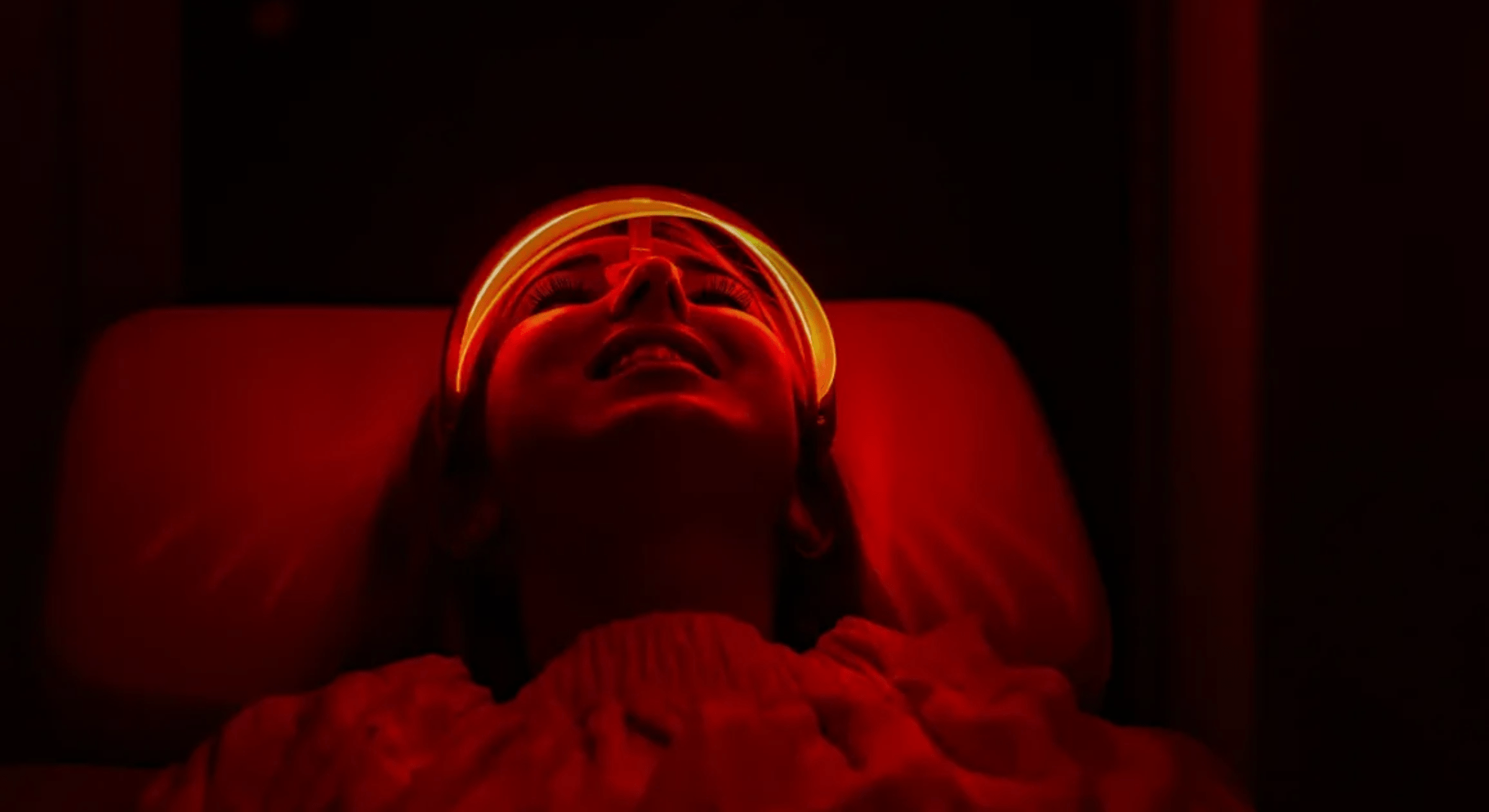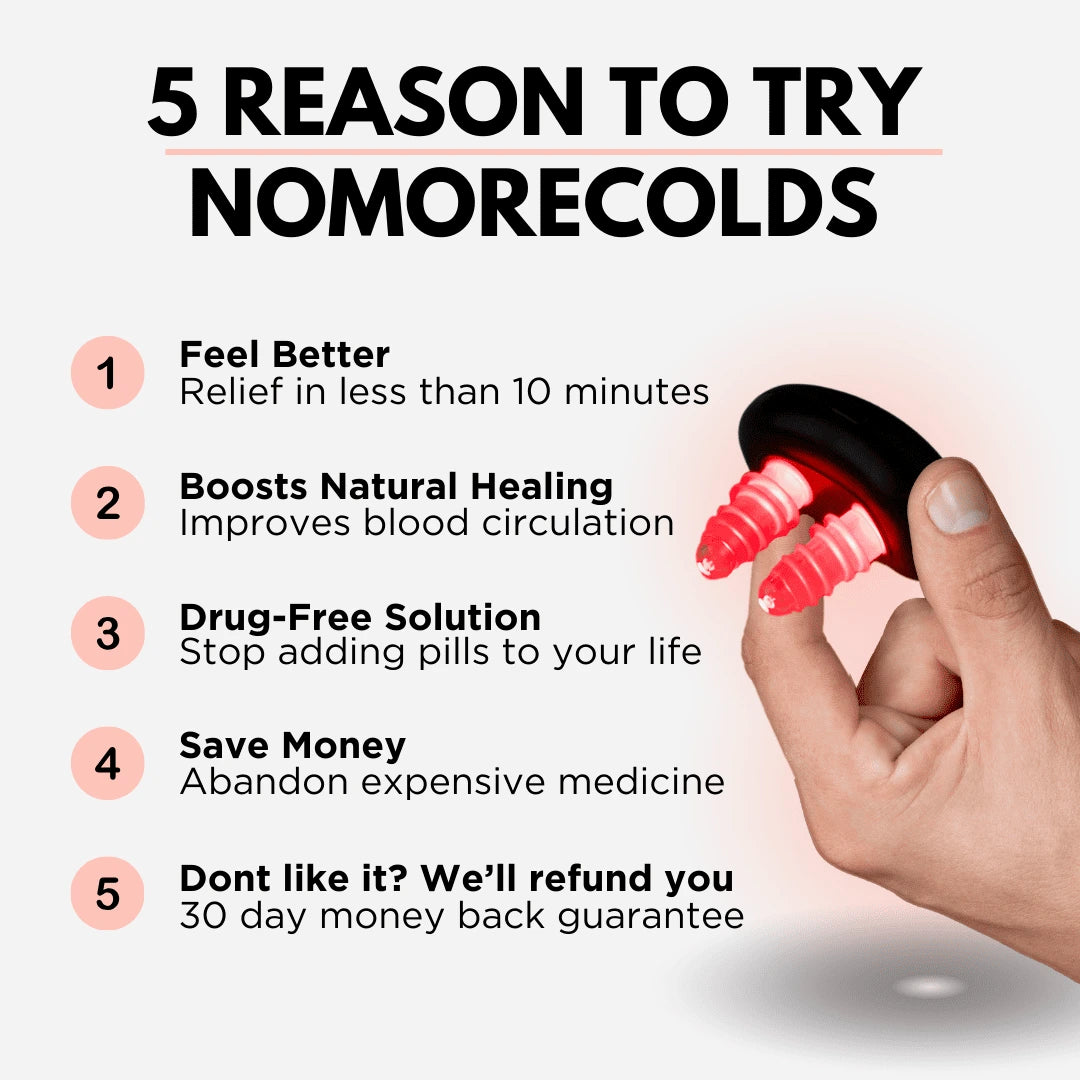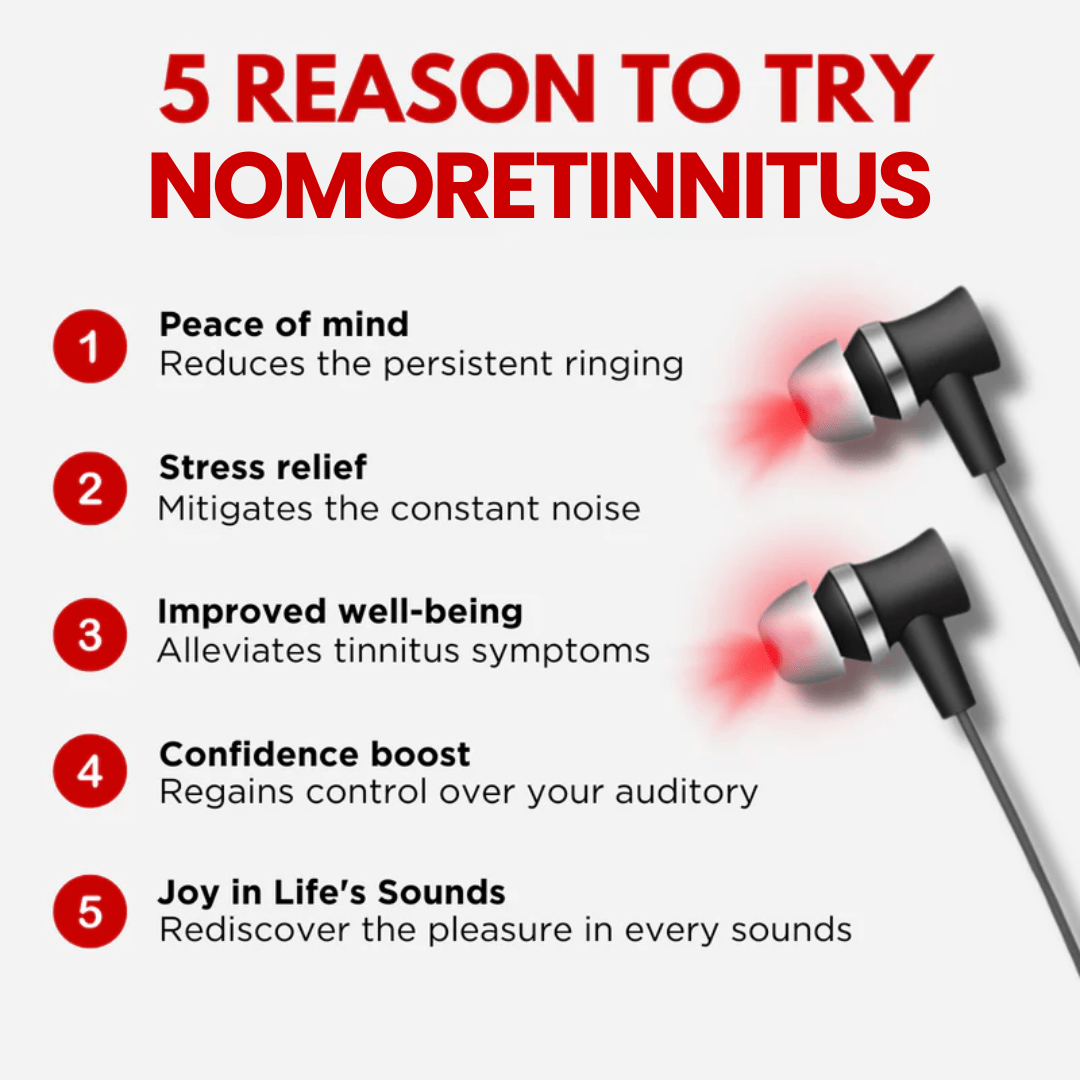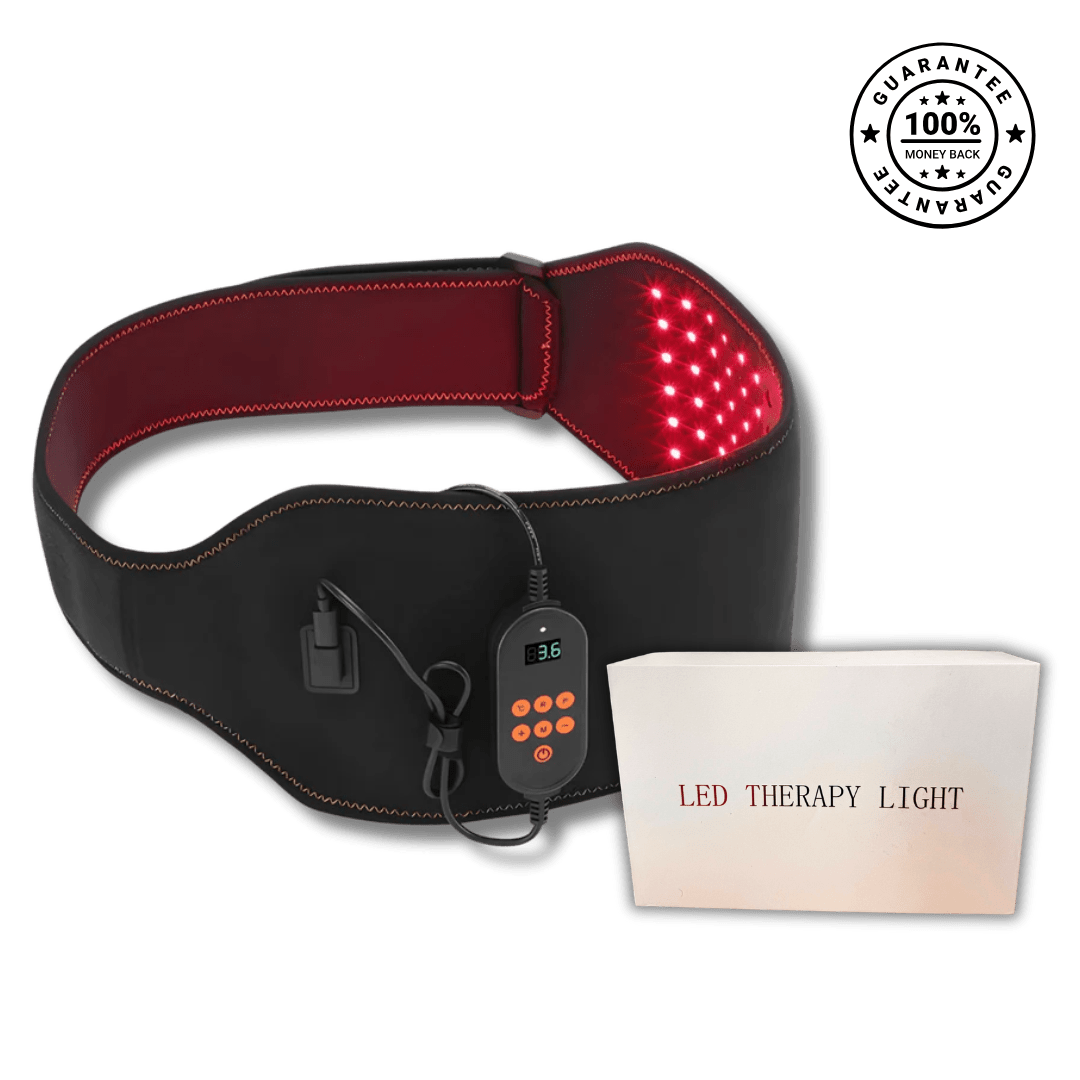The context of health care is gaining increasing prominence and has seen a rise in interest in alternative, natural, non-invasive therapies, such as Red Light Therapy, which is emerging as a viable option for the treatment of some common conditions and concerns. This innovative therapy uses specific wavelengths to penetrate the skin promoting healing and reducing inflammation, offering an effective, side-effect-free alternative to managing various health or aesthetic conditions. However, alongside this trend, traditional medical treatments remain the most popular option, providing methods such as drugs, surgery, and physical therapies.
Because of their nature and contraindications, patients are seeking more natural approaches, and the choice of red light therapy increases questions about the benefits, risks, and applications of both. Understanding these characteristics will help you make an informed decision for your health. In this blog we delve into the differences between Red Light Therapy and traditional treatments by comparing efficacy, safety, and cost, ultimately you will be able to find the treatment option that best suits your specific health needs and lifestyle.
What is Red Light Therapy?
Red Light Therapy, also known as Photobiomodulation, is a non-invasive treatment utilizing certain wavelengths of red light, which pass through the skin and have various health and aesthetic benefits. Unlike traditional pharmaceutical treatments, this innovative therapy works directly at the root of the problem. It stimulates cellular activity, improves circulation and helps the body heal naturally. This approach focuses its benefits in the mitochondria, the part of the cell that is responsible for the production of energy in the body, the same energy that is used to overcome common diseases and problems. If you haven't already done so, we encourage you to read our blogs “How Does Red Light Therapy Work?” and “6 Mistakes Not to Make When You Are Doing Red Light Therapy”
What are Traditional Treatments?
Traditional treatments include vast medical solutions that have been developed and improved over the years. Medications, such as antibiotics and painkillers, are designed to address specific conditions and relieve symptoms, but they generally do not address the root cause of the problem. This relieves the symptoms but the problem remains unchanged, meaning that patients are often subjected to continued use of drugs, which can be invasive and unnatural because of the synthetic compounds. Surgical procedures, on the other hand, are the effective solution to the discomfort but are often invasive and require long recovery times and risks associated with anesthesia and post-operative complications. In addition, some drugs prescribed in traditional treatments, particularly pain relievers, are likely to be addictive and require attention from health care providers. Despite these considerations, the traditional medical system remains a viable and reliable option that can provide verified solutions for immediate relief.

Red light therapy vs. traditional treatments
When comparing red light therapy with traditional treatments, several differences emerge that may influence personal choice. RLT is a natural, non-invasive therapy that uses specific wavelengths of light to promote healing and reduce inflammation at the cellular level. Unlike traditional treatments, which often focus on symptom management, Photobiomodulation aims to address root causes by improving cellular function and repair, while conventional treatments often involve repetitive costs and can be invasive, such as with drugs and surgery. These conventional approaches often rely on synthetic compounds and may not solve the underlying problem, instead providing temporary relief. In addition, some conventional drugs, particularly painkillers, carry risks of addiction and other side effects. In contrast, RLT is generally safe, with 0 side effects when used properly and no risk of addiction, making it an attractive complementary option for those seeking a holistic approach to health and wellness. Choosing RLT as an ally against problems depends first and foremost on the individual's specific condition, severity, and personal needs, so it is essential to consult with an experienced physician to fully understand your condition and be able to make an informed decision.
Conclusion
The choice between red light therapy and traditional treatments depends on health needs, lifestyle and treatment goals. RLT offers a natural, non-invasive approach that targets cellular repair and inflammation, making it a safe alternative with near-zero side effects. In contrast, traditional treatments often manage symptoms with ongoing costs, invasive procedures, and potential risks such as drug dependence.
Consultation with health care professionals is essential to determine the most appropriate treatment for your specific situation. For those interested in RLT, we recommend checking out NoMore's catalog, which offers a variety of specific devices targeted at common health problems. We also offer a 90-day money-back guarantee, allowing you to try the devices risk-free and see if RLT is right for you.












Leave a comment
All comments are moderated before being published.
This site is protected by hCaptcha and the hCaptcha Privacy Policy and Terms of Service apply.